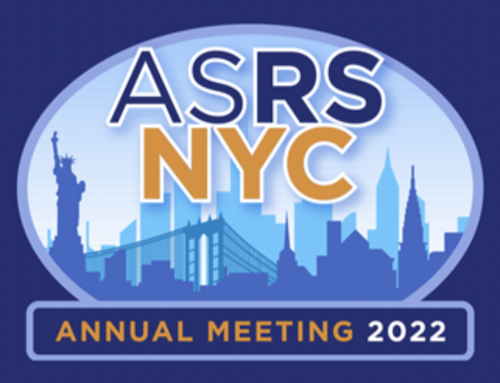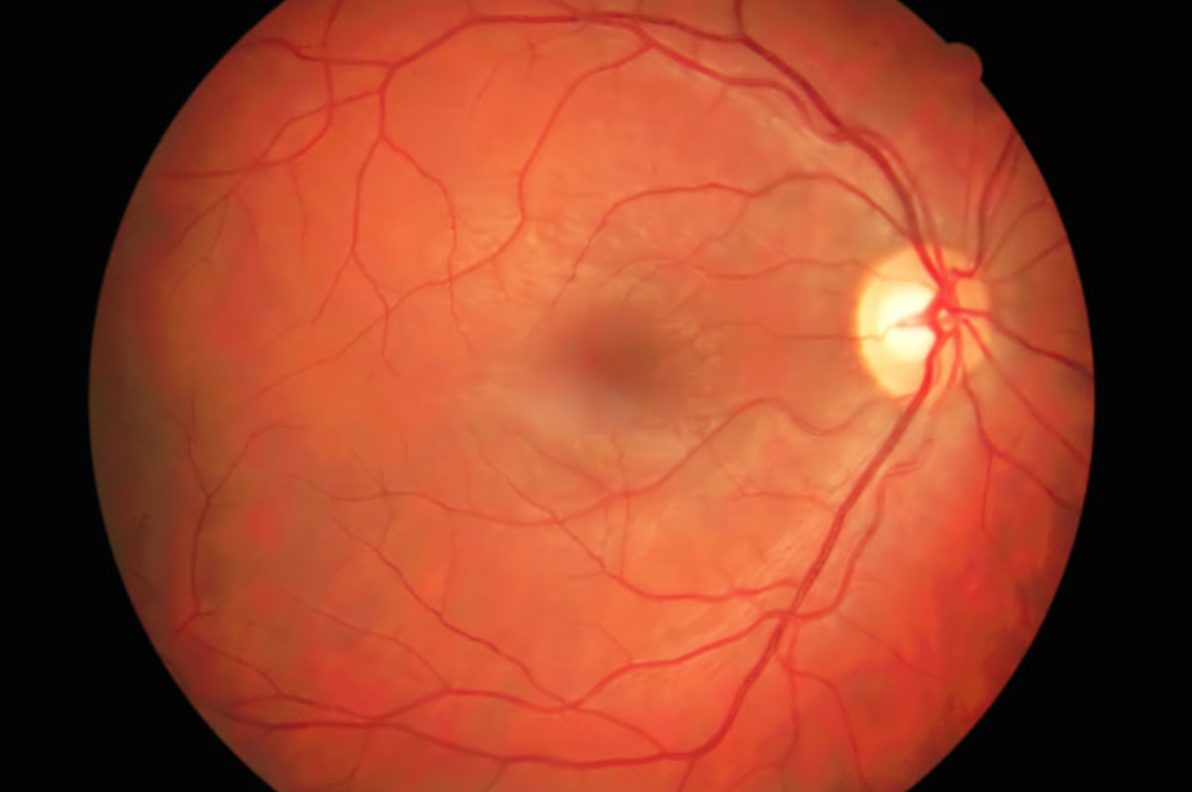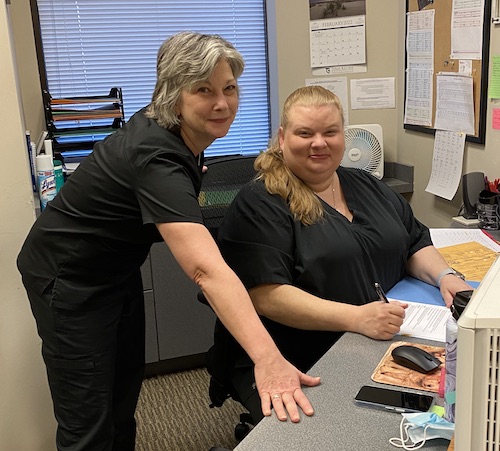
Dr. Kothari Discusses Retinal Tears and Detachment on Radio Program and Podcast
Texas Retina Associates’ Nikisha Kothari, MD, was recently invited to speak about retinal tears and detachment on “The Human Side of Healthcare” KLRD News Radio program and podcast. She shared the signs
read more
Dr. Abbey Presents at the American Society of Retina Specialists 2022 Annual Meeting
Texas Retina Associates’ Ashkan M. Abbey, MD, is presenting this week at the 40th Annual Scientific Meeting of the American Society of Retina Specialists (ASRS) in New York City. ASRS is the
read more
New Waco Area Office Construction Making Great Progress!
Construction on Texas Retina Associates’ new, larger Waco area office is well underway thanks to the great work of Mazanec Construction Co., Inc. Located at 203 Archway Drive in Woodway, Texas, 76712,
read more
Offices Closed on Monday, July 4, 2022
All Texas Retina Associates offices will be closed on Monday, July 4, 2022, in recognition of the Independence Day holiday and will reopen on Tuesday, July 5. We wish everyone a safe
read more
Texas Retina Associates Announces the Retirement of David Callanan, MD
It is with mixed emotions that we announce the retirement of David Callanan, MD, from Texas Retina Associates effective June 30, 2022. He has been caring for patients at our practice since
read more
Dr. Abbey’s Research Featured in New Retina Podcast
The medical journal Retina recently released a podcast featuring research by Texas Retina Associates’ Ashkan M. Abbey, MD, on clinical outcomes and surgical technique in transconjunctival sutureless intrascleral fixation of intraocular lenses
read more
Dr. Abbey Presented Preliminary Findings of a Diabetic Macular Edema Clinical Trial at the Retina World Congress
Texas Retina Associates’ Ashkan M. Abbey, MD served as an invited faculty member for the Retina World Congress held May 12-15, 2022, in Fort Lauderdale, Florida. This global physician meeting featured presentations
read more
Dr. Abbey Spoke About Complications of a Compounded Medication Used in “Dropless” Cataract Surgery at the Vit-Buckle Society (VBS) Annual Meeting
Texas Retina Associates’ Ashkan M. Abbey, MD, presented “Complications of Compounded Moxifloxacin-Triamcinolone” at the 10th Annual Meeting of the Vit-Buckle Society (VBS) held March 24 – 26, 2022, in Las Vegas. He
read more


